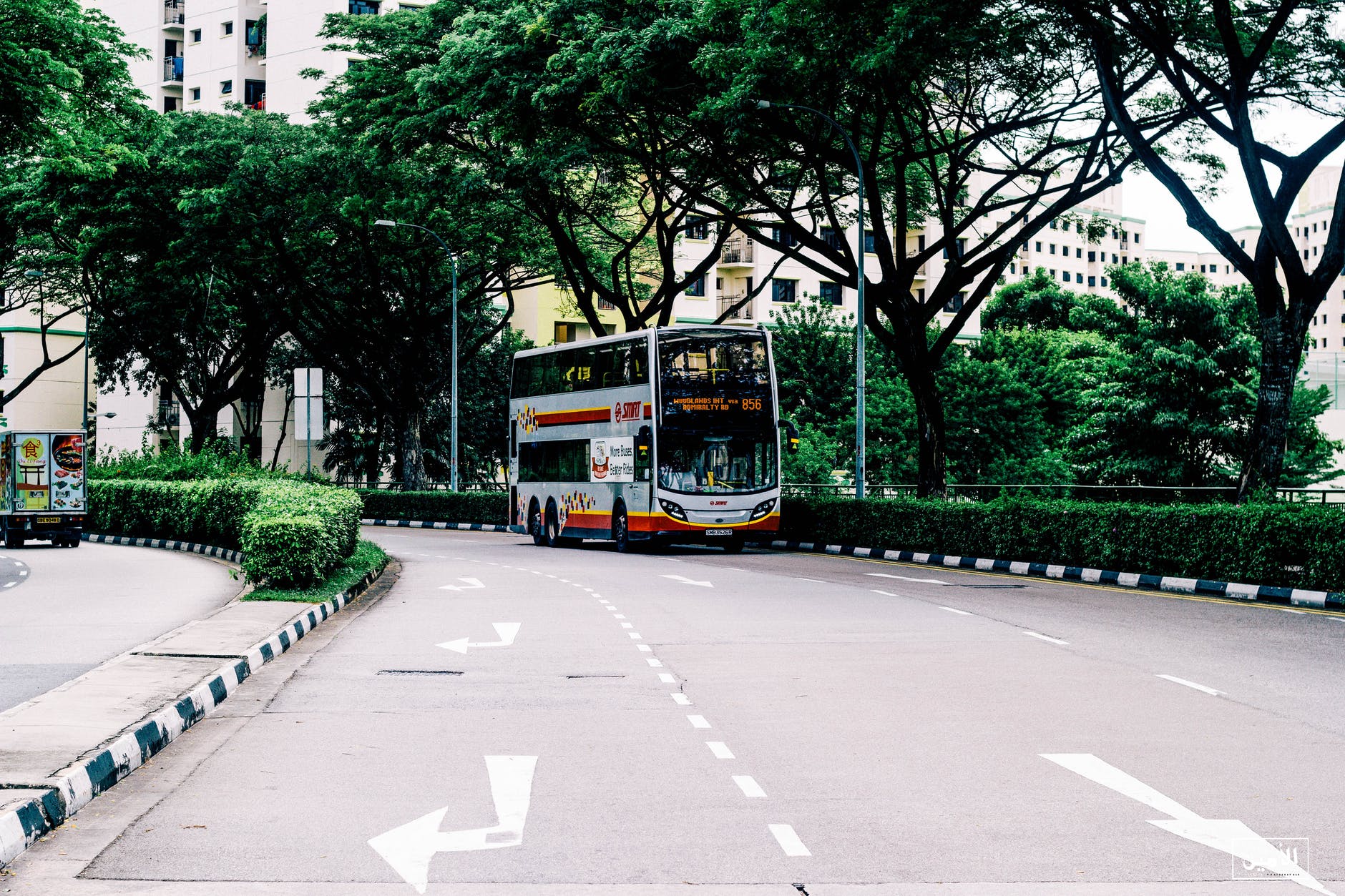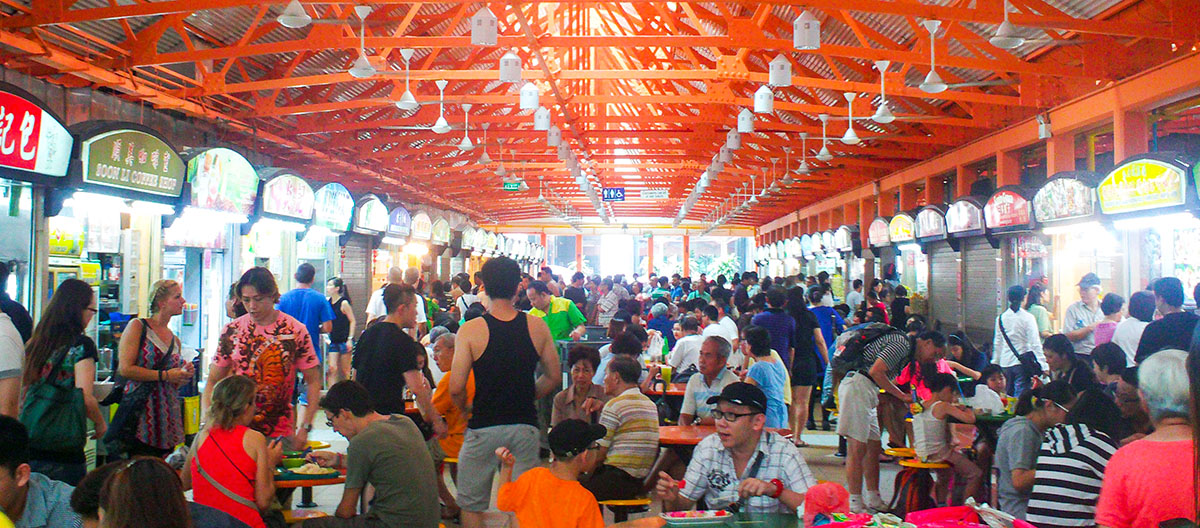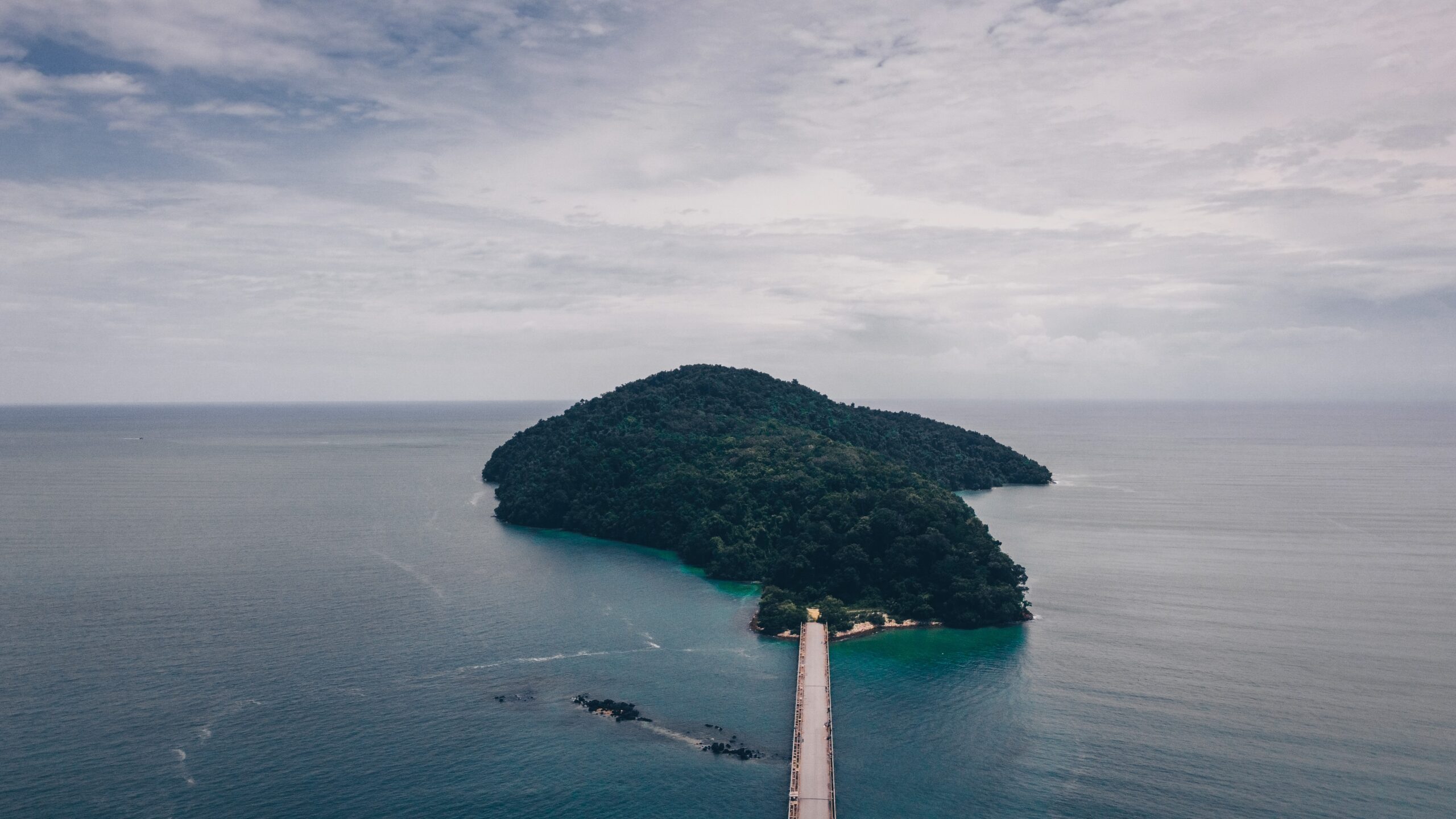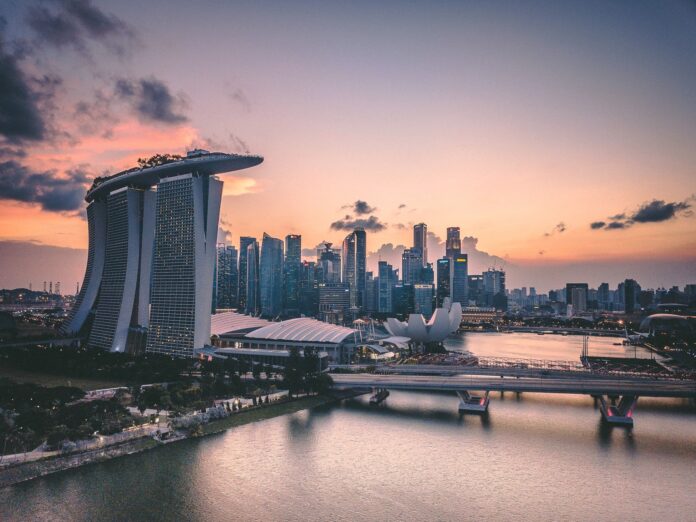Even though it is one of the smallest countries in the world, Singapore is a fascinating destination, especially for first-time visitors.
At first glance, Singapore appears to be nothing more than a gleaming collection of high-rise residential and corporate buildings, but if you scratch the surface, you’ll begin to understand why a visit (or, more accurately, a return) to Singapore is so urgently required.
It boasts Las Vegas-style ostentatious architecture. Scents from a Taipei market that stick with you. And sustainable public transportation on par with that of cities in Colombia. Of course, Singapore is unlike any other place on Earth.

The first time you visit Singapore, you may feel out of place. You may have the sense that you’re on familiar ground, yet you’re still in a foreign place.
Considering this unusual confluence, it’s important to plan ahead for a trip to Singapore. Singapore has many laws, customs, and oddities that are unique to the country, so visitors should be aware of them before they arrive. Singapore is also often regarded as having one of the world’s least corrupt governmental and economic climates. Strikes that affect transportation are extremely rare.
Lots of monitoring and a respected police force have contributed to Singapore’s low crime rate. Even as a single woman, I’ve never felt unsafe walking around Singapore at night, but remember that just because the crime rate is low doesn’t mean you should let your guard down.
One of the best thing is
Because of Singapore’s convenient location, crossing into either country is a doable day excursion. A voyage to Borneo, to the east, can easily include a layover in this city. You can easily travel to Malaysia and Indonesia!!!
Take a look below at some of the things you need to know before visiting Singapore.
Singapore is a small country with a large number of attractions
Singapore is a little country that can be driven across in about an hour, yet it packs a lot of punch. A first-time visitor to Singapore just needs three to four days to view the most important sights and acquire a sense for the best activities.
If you’re very short on time, arrange a layover of at least 5.5 hours and you can attend one of three complimentary transit tours organized by the wonderful Changi Airport for a fast tasting of what the country has to offer.

Get ready to land on the Tropics
Since Singapore is so close to the equator, the average annual temperature is between 25 and 35 degrees Celsius (77 and 95 degrees Fahrenheit). In the event of intense sunlight or unexpected rain, a compact umbrella is an absolute must.
Singapore’s high humidity — 60-90% on average throughout the year — might be challenging for individuals accustomed to more temperate regions. Bring a tiny fan or hanky to keep cool, and don’t forget to pack light. Anyone enjoying the midday sun who isn’t at the beach should take precautions against sunburn by using sunscreen.
Surprisingly, shopping centers and central air conditioning tend to overcompensate for the heat, making indoor temperatures much lower than those outside. A scarf or a light jacket will keep you warm, offer extra sun protection and are the appropriate cover-up if you plan to visit religious institutions.
Booking ahead of time will save you time in the long run
It’s a running joke that waiting in line is the Singaporean national activity, but that’s not how you want to spend your time there. If you can reserve a spot in advance or buy tickets in advance, you should. This is especially important throughout the summer and during the midyear and winter school breaks.
The best option to get tickets is usually the attraction’s official website, but you should check other booking platforms first in case they have better deals during your visit. Visit Singapore also has a rewards program called SingapoRewards where visitors may earn free activities of their choice by making purchases, so it’s worth checking in on occasion.

Always have a mix of credit and cash on hand
The amount of Singapore Dollars you should exchange before you leave is primarily determined by your final destination. Credit cards are accepted at most tourist hotspots and mall stores, and alternative cashless methods of payment, such as contactless payments and smart wallets, are also widely available.
Those taking Singapore’s public transportation can use their credit cards on the buses and MRT card readers for added ease, although frequent riders may find that purchasing a local EZ-Link card or transport pass is more cost-effective.

Even though credit cards are accepted by many larger establishments, hawker center booths and taxis still prefer cash. If you can, try to divide $100 or $50 bills into two or five dollar bills, or ten dollar bills.
Do not expect tips
In Singapore, a tip is not customary. The bill at most restaurants and cafes will already include a 10% service charge. Some restaurants may include a tip box but generally, additional tips are neither obligatory or expected, however they are welcomed in the service line.
Practice the skill of “chope-ing”

Empty tables with goods like umbrellas, tissue packets, and lanyards carefully placed on the seats are a common sight at food courts and coworking spaces, especially in the central business district. In order to “chope” or reserve a seat in advance while everyone else is waiting in line, locals do this. The vast majority of attendees respect this unofficial reservation system and look elsewhere for seating.
If you drink from the tap, you can save money
When in Singapore, don’t waste money on bottled water. There’s no reason to when the water straight from the tap has been purified and is safe to drink. Most attractions include a water cooler you may use to replenish bottles.
You can save money by ordering tap water instead of still or sparkling water at a restaurant, though some places may still charge you for a glass of tap water.
Singapore is a sovereign nation
Due to its large Chinese population, Singapore is often confused for being a province of China. The majority of the Chinese population of Singapore are the offspring of seafaring emigrants from Southeastern China.
Singapore is located in Southeast Asia, south of the Malaysian peninsula, and about four hours by plane from China. Similarly, Singapore is not a part of Malaysia despite the fact that it was temporarily a part of Malaysia in 1963 until becoming fully independent in 1965.

Most people can speak English
Because English is so widely spoken in Singapore, independent travel throughout the city is a breeze for visitors from the West. Singapore is home to a diverse population, and as a result, the country recognizes four official languages: English, Mandarin Chinese, Bahasa Melayu, and Tamil, each of which reflects one of the three largest ethnic groups (Chinese, Malay, and Indian).
Singapore is not typically affected by natural calamities
Despite its lack of breathtaking landscapes, Singapore is safely outside the line of any major tectonic activity. No big earthquakes, volcanoes, typhoons, or sandstorms are anticipated to occur here. Flash floods during heavy rains and haze from nearby forest fires are the worst things that can happen, but even these are usually short-lived and easily dealt with.




